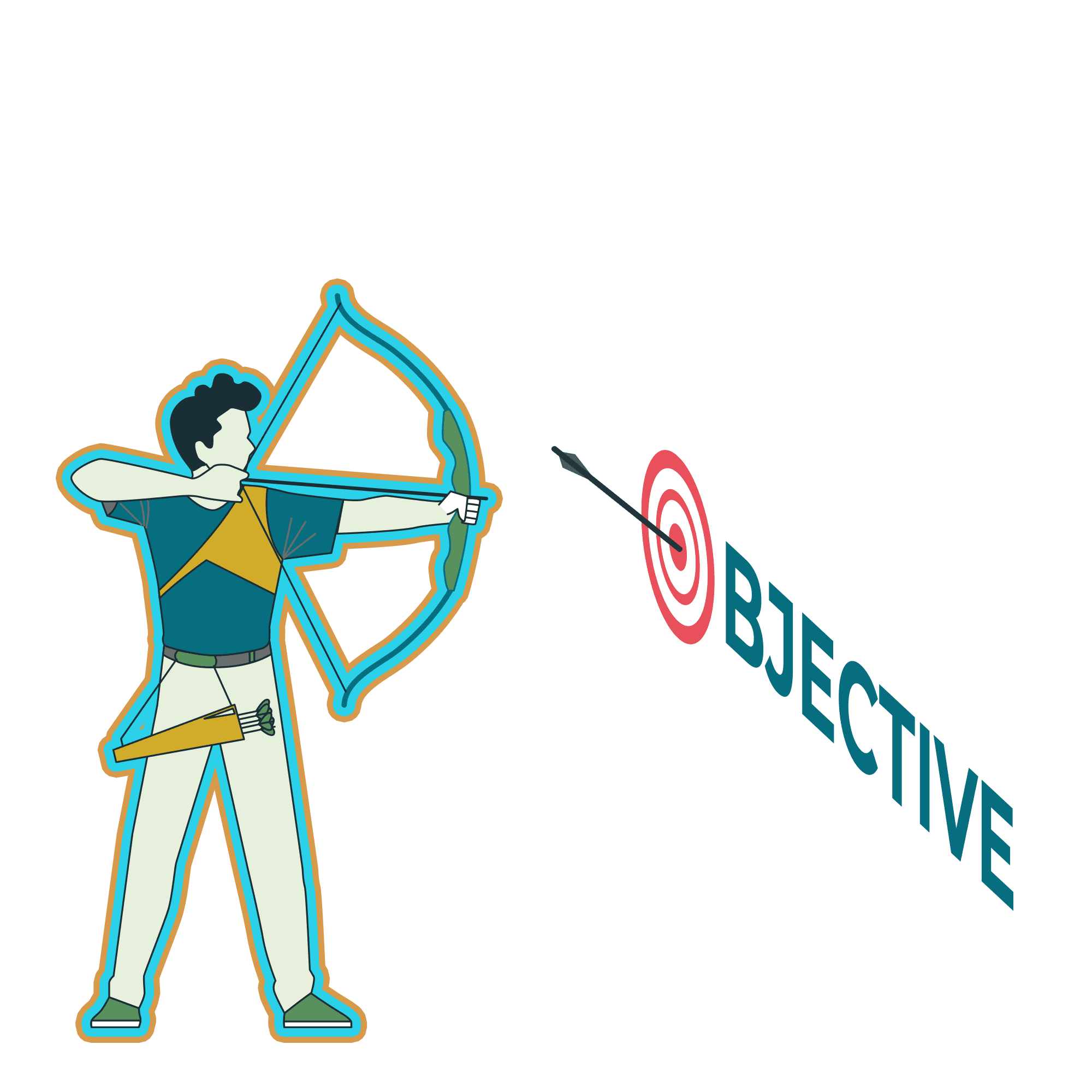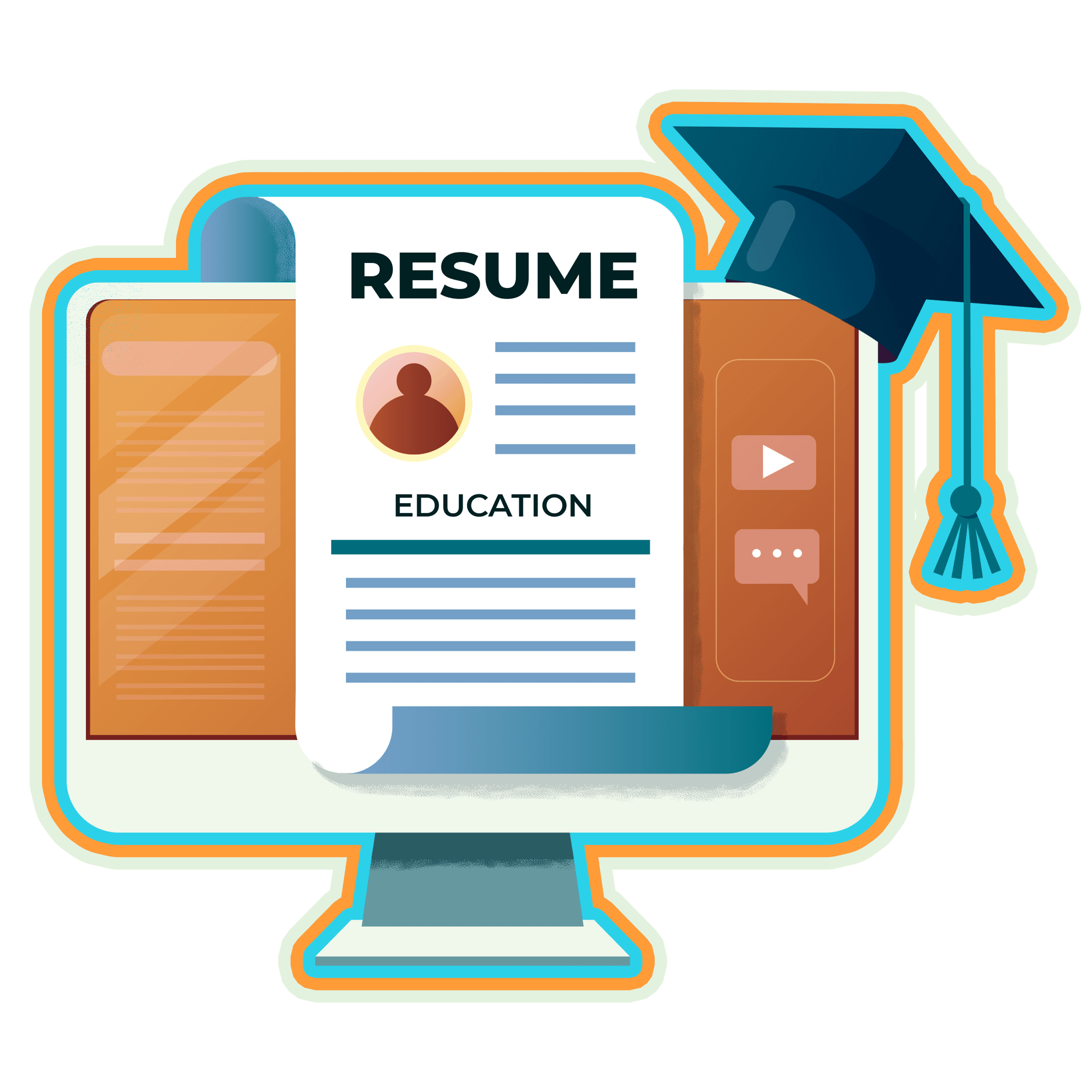Presenting a well-crafted and professional contact section on a resume is critical. A formal lens highlights the importance of this often-overlooked segment in leaving a lasting impression. It is essential to include the full name, address, phone number, email address, and LinkedIn profile, with the optional addition of a personal website or portfolio link in the contact information section.
You should put your phone number on your resume for easy and direct communication with potential employers. To write a phone number on the resume, begin by enclosing the area code within parentheses and then insert a space. Selecting a professional email address for a resume is crucial, and here are some guidelines to follow. Place the website under the contact information section or a separate "Personal Website" section on a resume. Place contact information at the top of the resume, typically in the header or at the beginning of the document. The most common and professional way to present contact information is by creating a resume header.
What contact info to put on the resume
It is essential to include the full name, address, phone number, email address, and LinkedIn profile, with the optional addition of a personal website or portfolio link in the contact information section.
- Full Name: Avoid using nicknames or casual variations of names in a professional setting. A resume's primary identification is its name. To ensure it stands out, use a legible font slightly larger than the rest of the text.
- Address: Leaving out the specific address when applying for a job in another city or country is acceptable. Mentioning the city or expressing your willingness to relocate may suffice.
- Phone Number: During business hours, a mobile phone number should be provided. Don't use phone numbers with voicemail restrictions or that are difficult to reach. Remember to include the appropriate country code when applying internationally.
- Email Address: Incorporating a name into an email address is an excellent idea. Avoid using humorous or unprofessional email addresses, which could create a negative impression.
- LinkedIn Profile: Including the LinkedIn profile URL is beneficial, especially if the profile has been crafted well and showcases skills and experience in greater detail. Profiles should include professional photos and matching resumes.
- Personal Website or Portfolio Link: Adding a link to a personal website or portfolio is beneficial if showcasing projects, designs, or creative work is relevant to the job. However, ensure the content is up-to-date, professionally presented, and relevant to the position.
Should you put your phone number on your resume?
You should put your phone number on your resume for easy and direct communication with potential employers.
It is common practice to add a phone number to a resume for several reasons. Recruiters or hiring managers contact it to schedule interviews or discuss job openings. Phone numbers indicate an openness to communication and availability to respond to inquiries, reflecting professionalism and interest in the position. Exercise caution, however, and ensure the number included is current and regularly checked. Those concerned about privacy can omit their home address or include only their city and state, but providing a reliable phone number is essential for effective job hunting.
How to write a phone number on a resume
To write a phone number on the resume, begin by enclosing the area code within parentheses and then insert a space. Next, list the first three digits of the phone number, followed by a hyphen or dash. Finally, conclude by writing the last four digits of the phone number, as shown in the example: (123) 456-7890. Always double-check that the phone number is current and accurate before incorporating it into a resume.
Should you include the address on your resume?
Yes, you should include the address on your resume. Including an address on a resume when applying for a job is beneficial, especially if the employer is looking for a location-specific candidate or if the position is in a traditional industry that values local candidates. However, in some cases, it is more appropriate to omit the address to protect privacy, particularly if applying for remote or out-of-state positions where the location is not a primary consideration.
Email address for resume
Selecting a professional email address for a resume is crucial, and here are some guidelines to follow. It's advisable to combine the first and last names, like "[email protected]," which presents a polished image. Avoid unprofessional email addresses that give a wrong impression, such as "[email protected]." Avoid incorporating random numbers, and instead, consider variations of your name, like "[email protected]" or "[email protected]," for a more professional appearance. Refrain from including the birth date in the email address to prevent potential age discrimination, as exemplified by "samantha.jones1999@ gmail.com."
It's a good idea to create a separate email address if you are planning on applying to multiple jobs via email or using social media platforms like LinkedIn. An address like "joseph.cruize.careers@ gmail.com" is designated for this purpose, allowing you to keep the primary email account free from automated responses and job recommendations. The secondary email address can be deactivated once a new job is obtained.
How to put social media on a resume
To put social media on a resume, follow the provided instructions.
- Include Relevant Handles. Add professional social media handles like LinkedIn or Twitter to showcase industry engagement and interests.
- Highlight Expertise. Highlight blog contributions or participation in industry discussions to demonstrate knowledge and passion.
- Quantify Engagement. Mention follower count or the impact of viral content to showcase influence and online presence.
- Link to Portfolio. Provide links to portfolios on platforms like Behance or GitHub to exhibit work and projects.
- Mind Professionalism. Scrutinize profiles for any controversial content, ensuring a positive and professional image.
Social media enhances resumes and provides valuable insight into skills and personalities.
Adding LinkedIn to a resume is critical because it is a professional networking platform. Showcasing professional skills, experience, and achievements allows potential employers to understand a candidate's work history better.
Quora
Including Quora on a resume can demonstrate expertise and thought leadership in specific areas. If you have actively participated in answering questions related to the field, it shows a willingness to share knowledge and engage with a broader community.
Instagram or Twitter
Depending on the profession, adding Instagram or Twitter can be beneficial. For creative fields, Instagram can be used to showcase visual work, while Twitter can display an ability to share industry news and engage in professional conversations.
Medium
Contributing thoughtful content to the Medium community and demonstrating writing and communication skills can be shown on a resume by including Medium. Professionals can share their insights and ideas on various topics on Medium.
Stack Overflow
Being active on Stack Overflow can benefit software developers or those who work in tech. In addition to demonstrating problem-solving capabilities, it shows a willingness to help others and a level of experience in programming and development.
Where to put a website on a resume
Place the website under the contact information section or a separate "Personal Website" section on a resume. Including a website on the resume is a valuable addition, especially if the candidates have a personal website, blog, or portfolio that showcases work, projects, or accomplishments.
One of the most common places to include a website is the contact information section. List the name, email address, phone number, and other contact information. Having it in the contact information section makes the website prominently visible to potential employers and recruiters, allowing recruiters to learn more about it and apply.
Incorporating a dedicated segment for a personal website or portfolio offers employers a comprehensive display of professional work, projects, and accomplishments, effectively showcasing skills and expertise. It makes a significant difference to stand out from other applicants when one manages to place a website in a competitive job market magically.
Where to put contact info on resume
Place contact information at the top of the resume, typically in the header or at the beginning of the document. The most common and professional way to present contact information is by creating a resume header. The header must appear at the top of the document and include essential details such as full name, phone number, and email address.
JOHN DOE
Phone: (123) 456-7890 | Email: [email protected]
The practice of including a complete mailing address has declined in recent years, especially for digital submissions. It can, however, be placed below the name and contact information if it is included.
JOHN DOE
Phone: (123) 456-7890 | Email: [email protected]
123 Main Street, City, State, Zip Code
Applicants with a well-maintained LinkedIn profile can include the profile URL in the contact information section of the application. This is especially useful if a LinkedIn profile showcases additional work experiences, projects, or recommendations.
JOHN DOE
Phone: (123) 456-7890 | Email: [email protected]
LinkedIn: linkedin.com/in/johndoe
GitHub profiles or online portfolios benefit individuals in technical or creative fields. Employers see tangible examples of work and explore projects.
JOHN DOE
Phone: (123) 456-7890 | Email: [email protected]
GitHub: github.com/johndoe
Maintain accurate and up-to-date contact information. Be sure to use polite, professional voicemail greetings when contacting potential employers via telephone. Place contact information strategically and make it easy to access to increase the likelihood of receiving interview opportunities.




